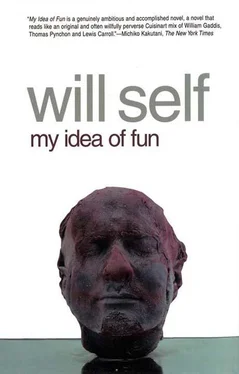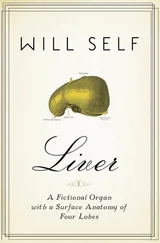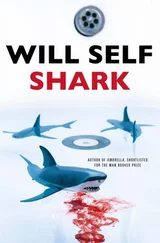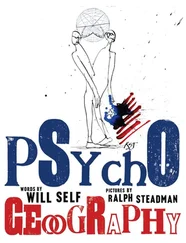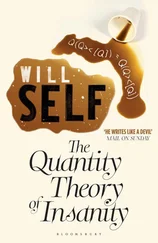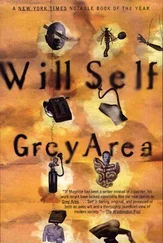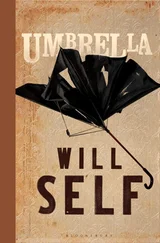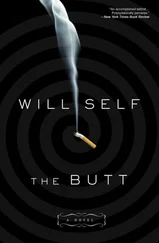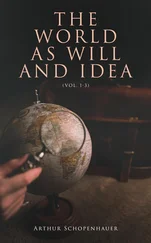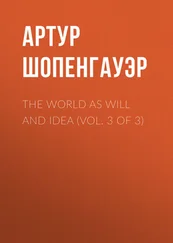Arkell had told Souvanis that he wanted a quote for sixty of these ‘standing booths’, as he termed them, to be constructed, and then erected all over London before the end of the year. Souvanis couldn't believe his ears. True, he had done work for Arkell in the past but nothing on this scale. Souvanis specialised in the production of perspex modules that were designed to dispense leaflets and other kinds of promotional material.
In the warehouse space next to the cubbyhole office where Souvanis sat there was a ghostly jumble of these things, stacked about seemingly higgledy-piggledy. There were leaflet dispensers shaped like cake stands, like books, like racks of various sorts, like miniature suspension bridges, like famous monuments, like vehicles, like spaceships and submarines, like hatstands and coat racks, cabinets and bookcases. All of them were made out of perspex, or transparent acrylic. The overall effect was of a space filled up with insubstantiality. The display modules were not real objects hut the pale shadow of them, as platonic forms are to their derogated copies.
That morning, sitting on his bed, the previous night's alcohol converted to goo in ear, gum in eye, slurp in chest, Souvanis had struggled to fasten the waistband of his trousers. I'm struggling to fasten the waistband of my trousers, he had thought to himself. Wedging his plump little feet into his loafers he had thought to himself: Ooh, how these insteps cut in. Then, no more of it. He had breakfasted with his wife, as usual, and set off from the Barking house for the Clacton works.
Every mile or so, self-consciously, Souvanis glanced at his reflection in the rearview mirror. Same moon face, same missed tussocks of black facial hair, same browning pate, same laugh and same frown lines. What was it that felt different?
Now, in the warm confinement of the warehouse, with its paper and plastic odours commercial in their sheer intensity, it began to dawn on him. He reached, or rather snatched, for the packet of BiSoDol on top of the littered desk; and clawing it open, pushed a couple of the chalky tablets out of their cellophane sachets. Why have I got indigestion, thought Souvanis, when I even skipped lunch? He tried to ease a hand between the waistband and his belly, but couldn't.
A couple of days previously an item on the leveraged buy-out of a giant American tyre company had caught Souvanis's eye as he was flicking through the financial pages of a newspaper; a week or so earlier, he had seen an ominously familiar silhouette slide between two robed princelings, as the television news covered the denouement of a Middle-Eastern conference. Well before that, almost a month ago now, coming out of his little terraced house, Souvanis had looked up to the sky, unbidden, to find hovering there, perhaps only one or two hundred feet overhead, the Goodyear Blimp. Which, as Souvanis gawped at it, bobbed a greeting — seemingly to him alone — in the clear sky.
These several events now crammed themselves together in Souvanis's mind, forming premises like stepping stones leading to only one possible conclusion. That the man the world knew as Samuel Northcliffe, financier, bon viveur, éminence grise of geopolitics, and whom Steve Souvanis knew as The Fat Controller, was back.
Acid and antacid ran together, fire streams in his volcanic stomach. How like The Fat Controller to announce his arrival thus, with a supernatural attack of indigestion. Souvanis felt that his fat and flab were being addressed at some profound level, a level of primary starches, carbohydrates and sugars, by other, more potent fat, of a great lunar significance, fat that pulled his very girth around in its sweating skin girdle producing measurable torque.
The unusual request from D. F. & L. Associates was now easily explained. It was down to Northcliffe. Souvanis had learnt long long ago, when his association with The Fat Controller had begun (and who could say when that was? Perhaps the tubby little boy had been tumbling around the dusty streets of Nicosia when he tried to snatch a camera from a soft, old tourist and found that the tourist was neither soft, nor old. But speculation isn't in order here, Souvanis's relationship with The Fat Controller belongs to a narrative other than this), that almost anything unusual, anything that disturbed the even tenor of his life, could be put down to his mentor.
Souvanis sighed heavily. He looked around the empty cubby-hole and jerked his head in an explanatory fashion, at the nobody that was there. Whatever was coming his way, part of it would be good. Part of it would relate to these ‘standing booths’ required by D. F. & L. So he'd better get on and quote for them. Like some horrible kind of modern tinnitus, the fax machine in the next room started to whirr in Souvanis's head; the brush-fringed mandibles seemed to nibble at his inner ear. That would be Arkell's diagram of the booth.
‘So, if they want a quote’ — Souvanis spoke aloud, projecting his voice into the sample-clogged warehouse — ‘they can have their quote.’ He rose and went next door to receive his message.
After a long hot day in the office, the last thing Ian wanted to do was attend the S.K.K.F. Lilex product launch at Grindley's. He knew exactly what it would be like, all the rest of the S.K.K.F. Lilex product launches he had attended at Grindley's. These bloody companies seemed so certain that all they had to do was douse a crowd of hacks in lukewarm Asti Spumante in order to get a good write-up. They couldn't even be bothered to vary the venue, to try and add some spice to the dousing.
And what a day! Pouring over the Sudanese Bank of Karmarathon's ridiculous documentation, trying to get to the nub of exactly what it was their financial engineers meant by ‘an edible financial product’. What was ‘Yum-Yum'? Why, it was a credit card and a current-account banking facility; it was a share-watch service and a brokerage facility; it was a telephone-banking service and a secure-deposit facility with a high-interest yield. As he worked his way through the dull copy, the designations tumbled around one another, ‘facile service’, ‘serviceable facility’ — what possible difference could it make? So what if the dividends accruing to the customer could be transformed either into foodstuffs or foodstuffs options? So what if the very materials that made up the documentation for the product — chequebooks, credit cards and so forth — were actually, in and of themselves, edible. None of it cut any ice with Ian. He'd seen them come and seen them go, these revolutionary new personal banking products. Not one of them had had any impact on the increasingly unknowable, dilatory even, quality of money itself.
At this fag end of the millennium money had begun to detach itself from the very medium of exchange. Money was lagging behind. Ian knew — because he had read about it in the press — that there was aproximately $800 trillion that had simply winked into existence. It had never been earned by anyone, or even printed by any government. Everywhere you looked you saw advertisements screaming: ‘Value for Money’. That such an obvious non sequitur should have become a benchmark of credibility was beyond Ian's, and indeed anyone's, understanding. This ‘value’ was as insubstantial as the $800 trillion. It was linked to no commonly perceived variable; instead it was chronically relativised. The merchant banks and brokerage firms that made up the City had long since given up on employing even the most flamboyant and intuitive of economic forecasters. Instead they had fallen back on the self-styled ‘money critics’, refugees from the overflowing newsprint sector, who offered their services to provide ‘purely aesthetic’ judgements on different mediums of exchange.
But business was still business. So, together with his co-marketeers, Ian levered his sweating bulk into the black cab that stood, coughing and heaving, outside Norman House.
Читать дальше
